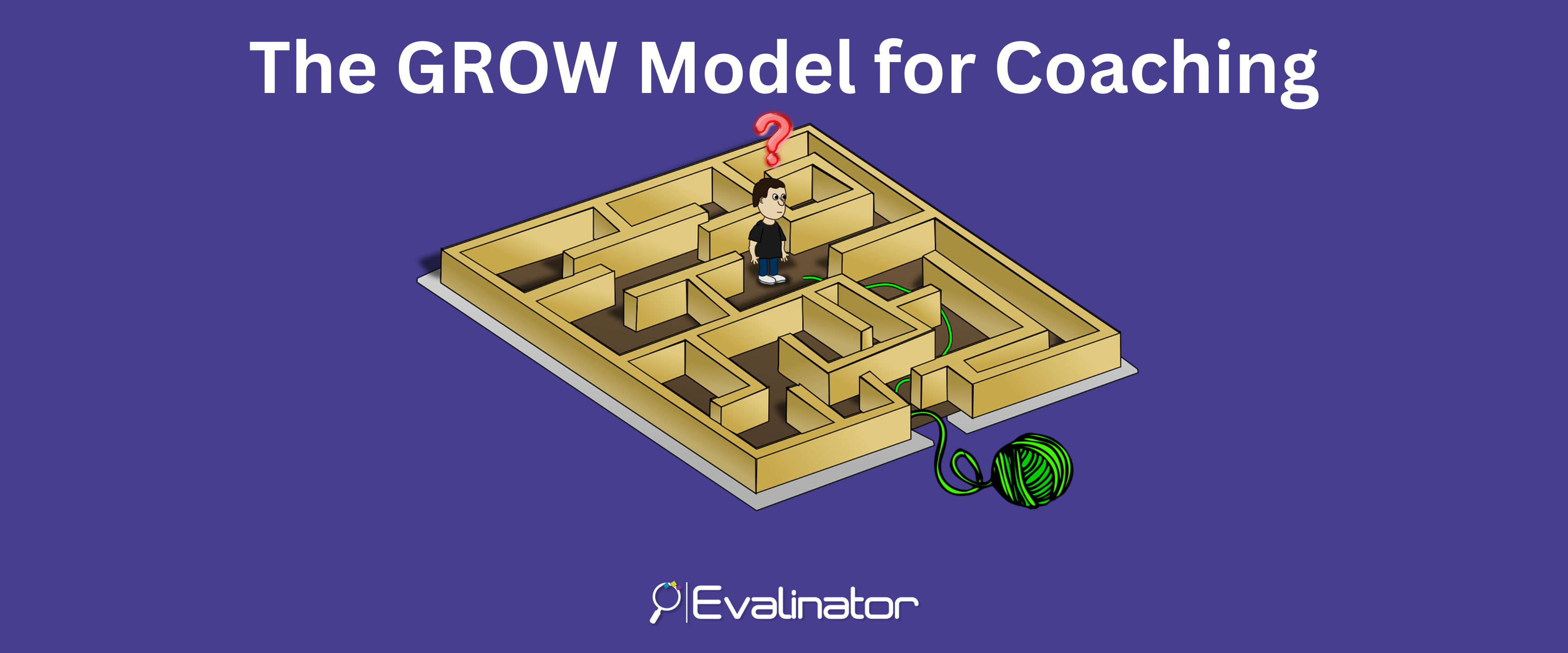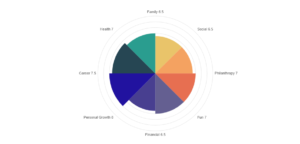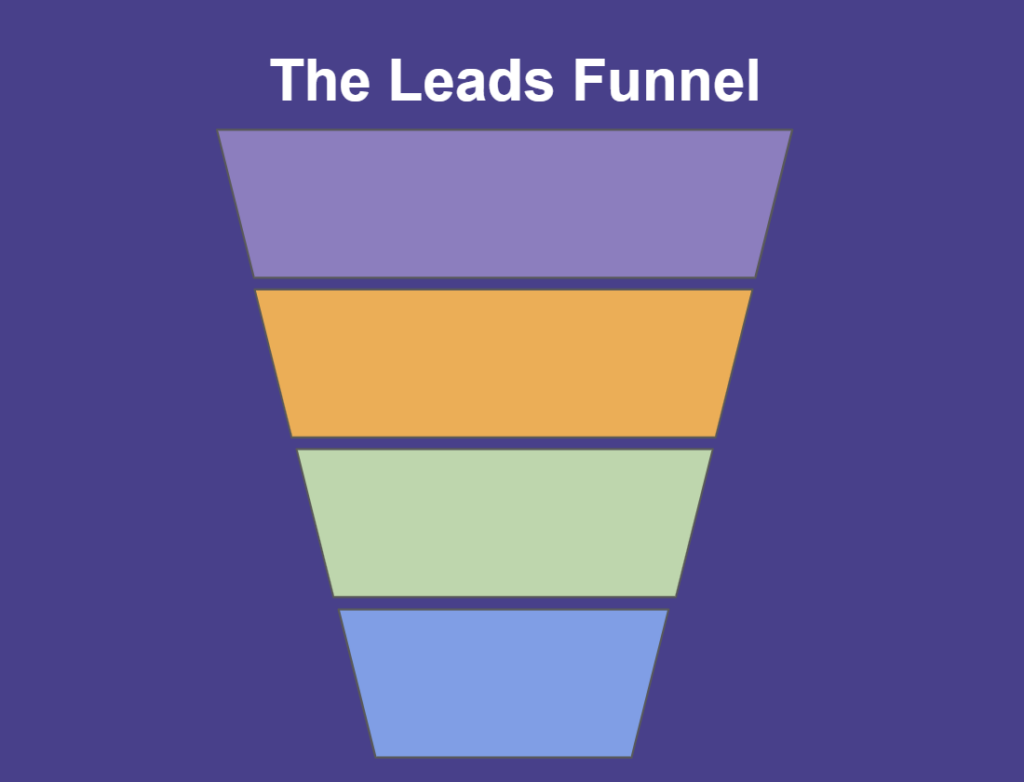


The popular GROW model for coaching was first developed by Sir John Whitmore and his colleagues. The Grow model itself is copyrighted by Performance Consultants International.
If you are using the GROW model, or any another process that takes the clients from the current state to the desired state, then this article is for you. Here, we will describe how Evalinator aligns with the various stages of such a journey, and what you can do to make the most of Evalinator for your own practice.
The GROW model is an acronym for:
As may be evident, this is not a linear or sequential process. In many cases we don’t even know where we want to go or what our desired transformation is. We are just searching and looking to discover and explore in order to nail down what we truly need. We expect our coaches to engage in this transformation exploration with us, and then help us get there.
In addition, the underlying principle behind the model is very similar to the typical analysis model.
When the end goal is not clear, then introspection and discovery is sometimes needed to envision and clarify the desired transformation or goal. Coaches generally conduct this analysis by asking insightful and powerful questions.
For example, a Wheel of Life is an appropriate tool to diagnose general dissatisfaction with the way life is progressing. It covers a broad spectrum of items that are important to live a full life ranging from career to family to philanthropy. Such an analysis can often be the starting point to discover the goals or aspirations of the client.
If the desired transformation is better defined, then the identification of the goals can be more targeted.
Once the overall area of interest has been defined, coaches may want to start with some structured diagnostics in order to generate deeper conversations and to better define what that desired transformation looks like for their clients.
A diagnostic assessment on Evalinator will determine the current reality on multiple dimensions and may help the coach zoom into the aspects which are causing the dissatisfaction for the client.
 For example, the wheel of life may offer up the balance between career and family as a desired goal. Subsequently, a deeper diagnostic measuring these areas in more detail would help better understand the current reality, even revealing additional information about the subject area.
For example, the wheel of life may offer up the balance between career and family as a desired goal. Subsequently, a deeper diagnostic measuring these areas in more detail would help better understand the current reality, even revealing additional information about the subject area.
In more targeted situation, perhaps a Wheel of Health, or a Wheel of Business may be more suited. The current state can also be assessed using specific scored assessments on various topics, by using the Big 5 Personality Assessment, or even by using the DISC assessment.
Evalinator allows these assessments to be easily created.
The diagnosis of current reality gives rise to an important discussion about what alternatives can be followed to achieve the goals. These alternatives are not detailed actions yet but the general direction in which detailed actions must be taken.
For example,
To better facilitate the exploration of alternatives, coaches may engage in blue sky thinking to help clients imagine without internal and external constraints. An exercise that lets go of the constraints may bring up options and choices that were not being considered in a constrained environment but can still be feasible. Then as the constraints are slowly re-applied (money, time, responsibilities, skills), a new direction towards the desired transformation may emerge.
Once the overall direction towards the desired transformation has been defined, it is time for concrete actions that should be taken to realize the desired transformation.
As with the desired transformation, these actions are also SMART goals in their own right. They have a clear outcome, a defined time frame, and can be tracked. These actions could be either short term or long term. In fact, SMART goals are often extremely short term ranging from a few days to a few weeks so that consistent progress is made and momentum does not wane.
It follows logically that this action plan is better conceptualized and executed if it flows directly from the current reality of the client, aka the diagnostic assessment. That’s exactly what Evalinator allows the coach and the client to do. From within each diagnostic area, actions can be defined and collaboratively pursued.
Coaches may also want to do milestones or period based tracking. This is important if they wish to provide an accountability framework. For example, they may want to set up a checkpoint every 30 days to see how well the client is executing on their way forward. And every 90 days they want to do an analysis of how the current reality has evolved, aka, are the client’s actions helping to change their current reality towards their desired transformation. Evalinator allows for these easy check-ins and analysis thus leading to a robust accountability & motivation model.
The GROW model is very intuitive. So if you are a coach then you may already be applying the GROW framework , or are using a similar methodology, then Evalinator can help you implement it systematically. For more detailed information on the GROW model, please visit Performance Consultants International.
You can try Evalinator free for 3 weeks. There are also predefined templates for the Wheel of Life, Big 5 personality assessment, and the DISC assessment available to you.

Feeling frustrated with lead generation?
Take this free, 5-minute quiz and get more prospects into your leads funnel.
Instant Results. Actionable recommendations. Email required.
Find Your Score >>